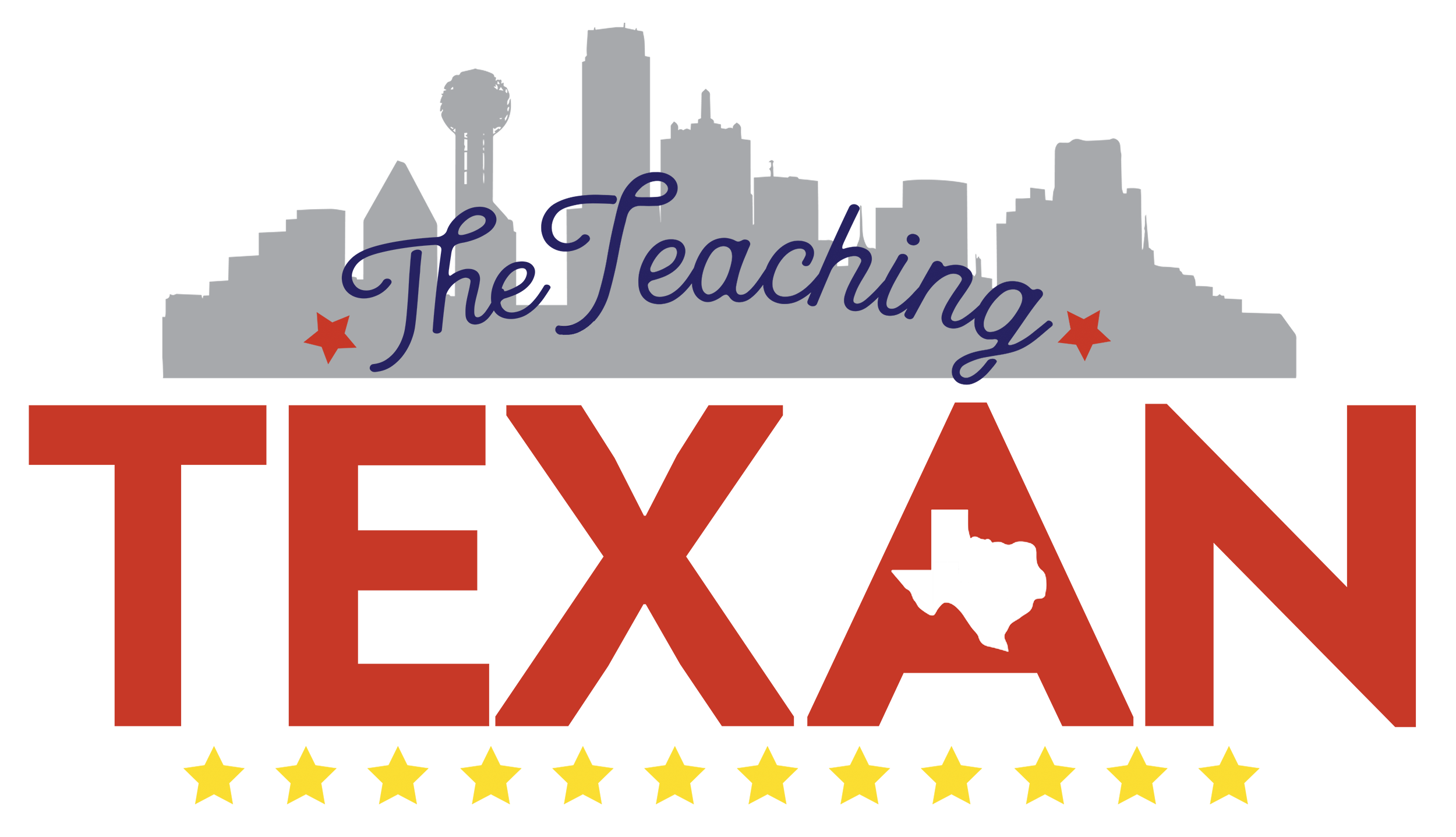How To: Guided Reading Centers and Management
You’ve planned, you’ve prepped, your students are appropriately grouped and you’re ready to tackle an amazing Guided Reading lesson. Then you remember you’ve got 20 other students you’re responsible for during that time. Yikes.
Oh just forget it, this is too difficult…just give up now. No, wait! Don’t fret friends — there’s another way. Rest assured, you CAN have it all as a teacher — quality small group time AND 20 other students who are engaged, learning and managing themselves effectively.
If you’re completely new to Guided Reading, start here to get your bearings.
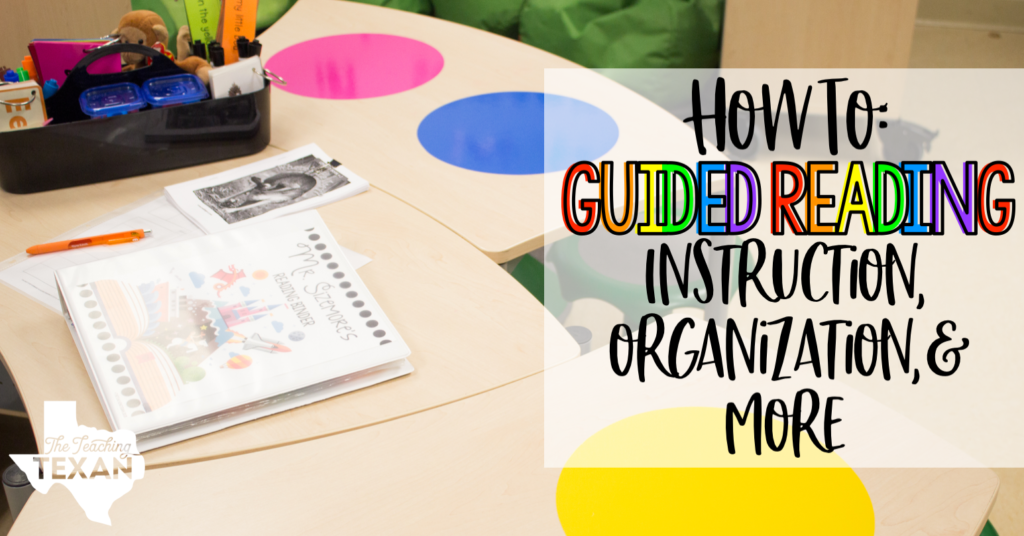
What my other students do…
This is a question I get repeatedly, across all the grades I’ve worked in. “But what do the other students DO while you’re working with your guided reading groups?”
The answer: Literacy Centers!
For each new literacy unit, I prepare 5 centers that all students rotate through over a period of 2 days. I generally allow 20 minutes for each center. The 6th center, is guided reading so every student gets guided reading time every other day. Hooray!
If you’re looking for something fun this month, kids love these Halloween Literacy Centers!
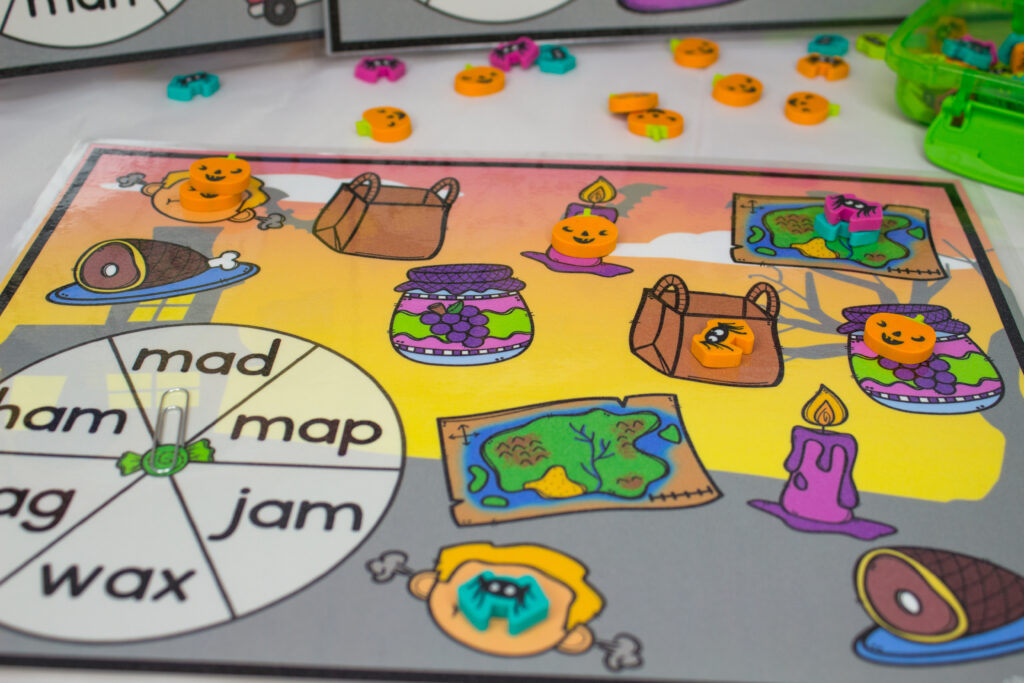
I generally break my literacy centers into several categories:
1. Phonics
These can be at letter level or letter combinations, depending on student(s) level. Earlier in the year (or at different points throughout the year to quickly review) you may have students sort pictures based on beginning, middle, or ending sounds.
In Kinder, word families were a huge part of how I created literacy centers. We’d focus on a new word family each week (the -at family, the -ad family, the -id family, etc.) and generally most of the centers involved the word family in some way. To work on phonics skills in a way that’s fun and educational, I have students:
- Students create circle maps for a given letter where they draw pictures and label them! Students can use a large anchor chart we create as a whole group earlier in the lesson if they need assistance.
Students create crafts somehow related to our current word family, which not only boosts phonics skills, but also fine motor skills, AND allows students to build independence and confidence.
Key things that I love about both of these:
- Students select their own words
- Incorporates creative elements so early finishers have room to embellish and continue working
2. Handwriting
Another very important center with my students is handwriting. In Kinder we focused on a different letter (upper and lower case) each week. It’s important to ALWAYS practice this as a whole group before allowing students to practice themselves. This way you can give some feedback to students who need it.
Here’s how I teach whole group handwriting: First, we sky write with our pointer finger. Then, students write on their own leg with their finger. Next, students write on a partners’ back with a finger. And finally, allow students to try on white boards where you can watch and give immediate feedback.
In the literacy center, students keep a handwriting journal or notebook where they practice the letter in lower and upper case. This easily translates to upper elementary when learning cursive.
Early finishers in handwriting centers can use Blobble Write on iPads which works great while you’re working with small guided reading groups because the app gives immediate feedback!
You can also make handwriting HANDS ON (and, I mean beyond traditional pencil writing. You can check out more by clicking here.

3. Sight Words
When you don’t have students working with you in their small guided reading group, it’s great to build in opportunities for them to get authentic practice reading sight words in their centers.
Here are some easy and fun partner games I love.
White Board Game: Have students play this near your word wall (for support if needed). Player 1 draws a sight word card and reads it without showing to Player 2. Player 2 writes the word on their white board. Player 1 checks work and provides constructive and KIND feedback. Alternate turns. So simple and kids love it.
Sight Word Sentences: Print sight words and CVC words on cards and laminate. Allow students to build sentences using the cards, then read aloud to a partner. Finally, they write the sentence on paper or in a journal and add an illustration.
Sight Word Scratch: A while back, I wrote a post on this game that’s another fun and easy one for students to master sight words. It can be played with partners, in small groups with you, or as a whole group together.
Build, Mix, Fix: This simple activity can be played solo or with a partner. Students build sight words with magnetic letters, mix them up and build again. Easy peasy.
If you’re looking for more sight word practice, I’ve got plenty of additional suggestions in my student guided reading binder.
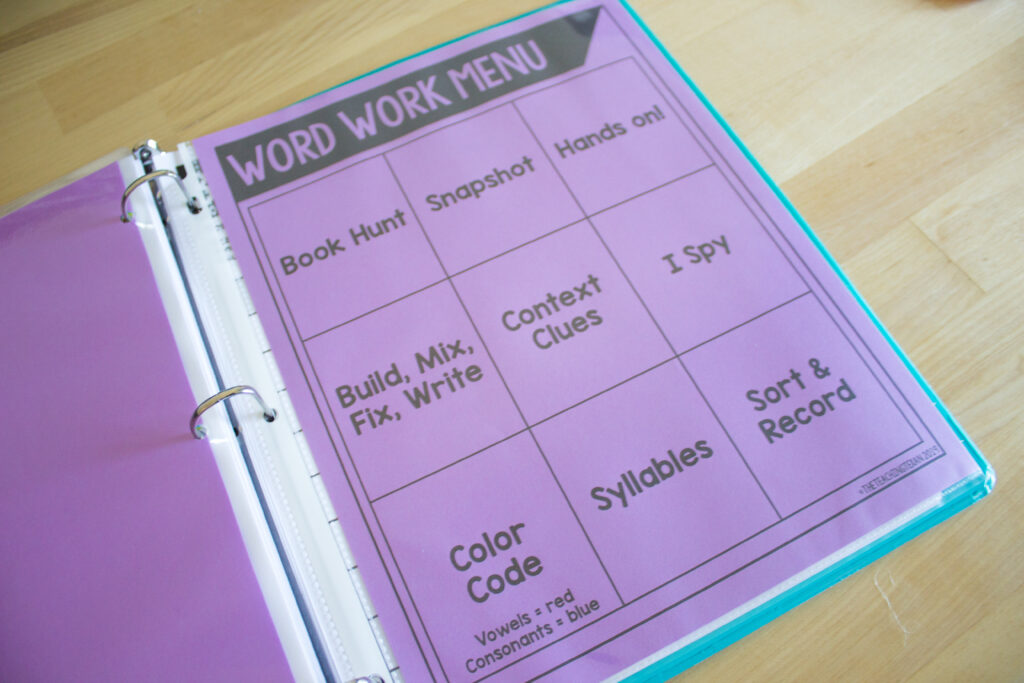
4. Poetry
Having a poetry center as part of your literacy curriculum is amazing, and works from Kindergarten all the way through upper elementary. What we do is first, practice reading as a whole group and discuss tricky words together.
Then, when students are in their centers, each student has a poetry notebook with the poems we do throughout the year. They turn to today’s poem and notice there are missing words! They fill in the missing words in the notebook, then add illustrations. This is a great time to have them write in missing sight words to bolster authentic sight word practice.
Starting in 2nd grade, another way to celebrate poetry is to create a classroom poetry anthology. Students read poetry on their own (great for early finishers or during free time. Ask your librarian for a stock of poetry books to keep in your classroom!) and add their favorites to the anthology. They can also add their own self-written poems from writers workshop!
5. Read to self
This center gives students an opportunity to respond on their own to the reading. It’s also a great way to build in AUTHENTIC writing practice and gives you insight into student understanding of text.
If you’re a tech saavy classroom, this can be done easily using apps such as Doodle Buddy, Book Creator, etc.
It can be done tech-free (a chance to practice more handwriting and find motor skills) using my very own (super helpful if I do say so myself) student notebooks. I have students respond in letter format to me and I read them once per week and write them back with further prompts. It’s a lovely way to connect with your students as their educational pen pal!
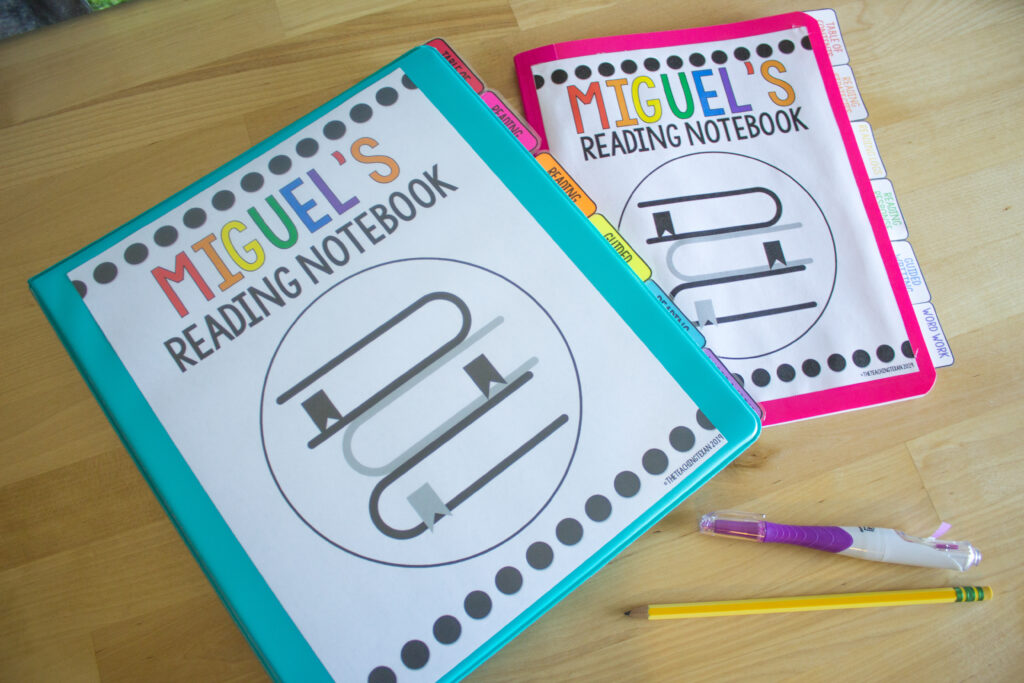
Behavior Management
I know behavior management can be such a struggle. Especially in over-crowded classrooms. But if you can manage not to panic and continue to take deep breaths when it’s difficult, it really all comes to engagement, clear expectations and helping students work on independence.
Start by building your class’ stamina at the beginning of the year.
Don’t start meeting with guided reading groups until students can easily work independently as if you weren’t there. For me has always been mid-to-late September. Guided reading can wait, building independence and self management is a higher priority in August and September. Plus this gives you a chance to do beginning of year assessments!
In my classroom, I’ve always had a “Rule of 3” — meaning a students has to ask 3 friends for the answer before coming to me. It’s my first question when they approach me, “Who did you already ask for help?” Sometimes it’s great to have a “helper” or “tech leader” of the day/week as a go to for other students.
Also, I have a schedule clearly displayed so students know what is happening now and next — this is very important for students with anxiety. I keep this display visual as well, so students with lower reading levels can still access the information easily. I project it so it’s visible for everyone in the room at all times, allowing students to see their road map for the day to know what’s up next. You can grab a comprehensive center timer resource by click here.
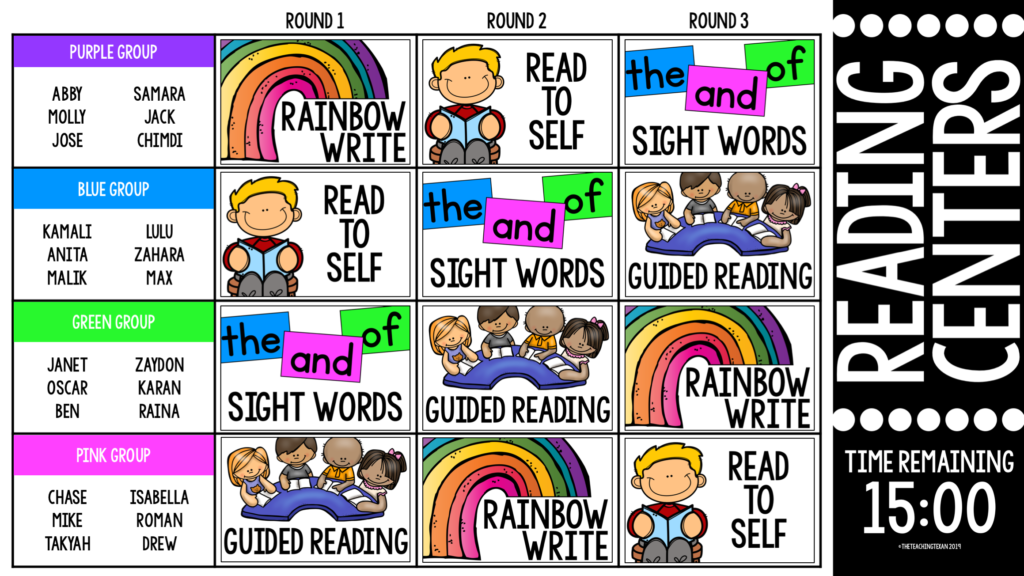
My last crucial piece to classroom management is the placement of materials. Materials need to be where students can easily access them. This way they don’t come to you each time a crayon breaks. They know where supplies are and can get them themselves — working independently!
Looking forward to hearing how your guided reading planning and lessons go friends! This is the perfect time of year to start implementing that routine and schedule with your students.
